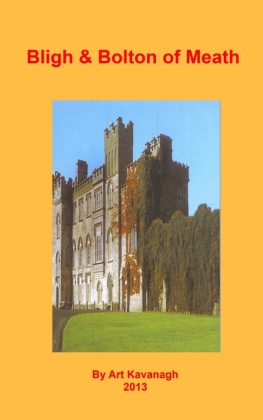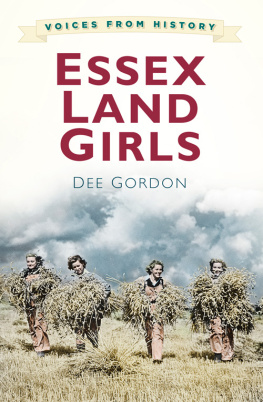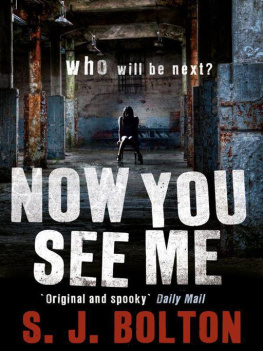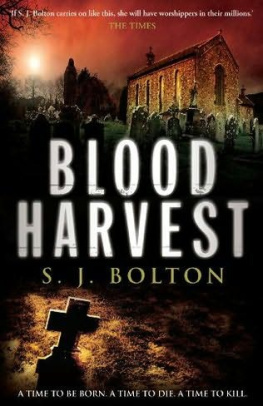Tom Bolton - Low Country: Brexit on the Essex Coast
Here you can read online Tom Bolton - Low Country: Brexit on the Essex Coast full text of the book (entire story) in english for free. Download pdf and epub, get meaning, cover and reviews about this ebook. year: 2018, publisher: Penned in the Margins, genre: Art. Description of the work, (preface) as well as reviews are available. Best literature library LitArk.com created for fans of good reading and offers a wide selection of genres:
Romance novel
Science fiction
Adventure
Detective
Science
History
Home and family
Prose
Art
Politics
Computer
Non-fiction
Religion
Business
Children
Humor
Choose a favorite category and find really read worthwhile books. Enjoy immersion in the world of imagination, feel the emotions of the characters or learn something new for yourself, make an fascinating discovery.
- Book:Low Country: Brexit on the Essex Coast
- Author:
- Publisher:Penned in the Margins
- Genre:
- Year:2018
- Rating:3 / 5
- Favourites:Add to favourites
- Your mark:
- 60
- 1
- 2
- 3
- 4
- 5
Low Country: Brexit on the Essex Coast: summary, description and annotation
We offer to read an annotation, description, summary or preface (depends on what the author of the book "Low Country: Brexit on the Essex Coast" wrote himself). If you haven't found the necessary information about the book — write in the comments, we will try to find it.
Low Country: Brexit on the Essex Coast — read online for free the complete book (whole text) full work
Below is the text of the book, divided by pages. System saving the place of the last page read, allows you to conveniently read the book "Low Country: Brexit on the Essex Coast" online for free, without having to search again every time where you left off. Put a bookmark, and you can go to the page where you finished reading at any time.
Font size:
Interval:
Bookmark:

LOW COUNTRY : BREXIT ON THE ESSEX COAST
Tom Bolton is a writer and researcher. His books and essays include Vanished City: Londons Lost Neighbourhoods , Londons Lost Rivers: A Walkers Guide and Camden Town: Dreams of Another London . He has completed a PhD called Wrong Side of the Tracks? The Development of London's Railway Neighbourhoods .
PHOTOGRAPHY by Tom Bolton
MAP ILLUSTRATIONS by Oliver Barrett
London's Lost Rivers: A Walker's Guide (Strange Attractor, 2010)
Vanished City: London's Lost Neighbourhoods (Strange Attractor, 2014)
Camden Town: Dreams of Another London (British Library, 2017)

PUBLISHED BY PENNED IN THE MARGINS
Toynbee Studios, 28 Commercial Street, London E1 6AB
www.pennedinthemargins.co.uk
All rights reserved
Tom Bolton 2018
The right of Tom Bolton to be identified as the author of this work has been asserted by him in accordance with Section 77 of the Copyright, Designs and Patent Act 1988.
This book is in copyright. Subject to statutory exception and to provisions of relevant collective licensing agreements, no reproduction of any part may take place without the written permission of Penned in the Margins.
First published 2018
Printed in the United Kingdom by TJ International
ISBN: 978-1-908058-59-1
ePub ISBN: 978-1-908058-70-6
This book is sold subject to the condition that it shall not, by way of trade or otherwise, be lent, re-sold, hired out, or otherwise circulated without the publishers prior consent in any form of binding or cover other than that in which it is published and without a similar condition including this condition being imposed on the subsequent purchaser.
This is for Jo, who did just as much walking as me.
Many thanks to Tom Chivers at Penned in the Margins for his enthusiasm, expert editing and hard work in making this book what it is.
Thank you to Jeff Barrett and Diva Harris at Caught by the River , for publishing the original essays that formed the basis for Low Country , and encouraging me to keep writing them.
Thank you to Brian and Toni Dawson, for patiently shepherding us along the Broomway, passing on essential information and bringing us back safely.
Thank you to Peter and Rosalind Bolton for background research, timely ideas and increasingly obscure references.
TB

There are places, just as there are people and objects and works of art, whose relationship of parts creates a mystery.
PAUL NASH , OUTLINE (1949)
On a Friday night in early Spring 2016, Jo and I met after work at Liverpool Street Station to take the train to the Essex coast. We had been walking the coast off and on for several years, using spare weekends and bank holidays to inch our way around the margins of Britain. We were living in south London, where Jo grew up, and to where I had moved after university. Both of us loved the city and lived our lives within its ebb and flow, but we were also drawn away from the centre to the edge, and to the sea. The smooth hills and chalky edges of Sussex and the cliffs, bays and marshes of Kent pulled us from London. So we developed a deceptively simple plan. We would walk along the entire coast of south-east England, through the car parks, sewage works, industrial estates and oil refineries, as well as places designed for day trips. We began by walking out of London along the south bank of the Thames towards the protrusions of Kent, the Sussex havens and cliffs.
I was brought up in a village in the south Warwickshire countryside, in a triangle between Stratford-upon-Avon, Warwick and Leamington Spa. Warwickshire lies deep in the heart of England, as far from the coast as it was possible to retreat, weighted by history and cushioned by geological layers on all sides, rimmed with bands of igneous rock. As a child, I felt the pull from sharper edges at the horizon: the retreating, layered hills to the west, where the Malverns climb towards the Marches, the Black Mountains and, eventually, the distant Welsh coast at Aberdovey and Fishguard, where the Irish Sea bends into the sunset.
We made steady progress. By the end of 2015 Jo and I had walked the coastlines of Kent, East Sussex, West Sussex and Hampshire all the way to the Solent, with a detour to loop around the Isle of Wight. But we had yet to visit Essex. Although close to London, the Essex coastline seems designed to deter the casual visitor. It is little visited and unfashionable, its landscape barely known. Visitors look past Essex to the Areas of Outstanding Natural Beauty in nearby Suffolk, far enough away from London to seem like a proper holiday. The Essex coastline also presents a particular set of physical barriers; multiple broad estuaries, lethal mudflats, coastal reclamation projects, collapsing sea-walls, eroding cliffs, munitions depots, Ministry of Defence firing ranges and seasonal ferries stand in the way of the day tripper. One of the county's largest islands, Foulness, although equipped with a network of public footpaths, can only be reached via a low tide path called The Broomway, a track branded the most dangerous footpath in Britain.
It is often claimed that Essex has the longest coastline of any English county at 350 miles. There is far more of Essex than seems possible. Its estuarine complexity, compounded by the shifting relationship between land and sea, means that the length of its coast changes with the tide and is more or less impossible to measure. Indeed, the very concept of a coastline is inherently unstable; there is no single accepted definition of its physical form. In parts of Essex the high and low tidelines are more than a mile apart.
On a map of northern Europe, Essex is a mirror image of the Netherlands. Each landmass, facing each other across the North Sea, is licked by long tongues of water low countries of marshland, islands and tidal creeks. This is more than just appearance: the Dutch brought their drainage skills to England in the 16 th century, turning Essex into a reclaimed outpost of their own country with a new, firmer coastline protected by long sea-walls.
Essex also specialises in islands. I was intrigued to discover that there are 19 inhabited islands in Essex, from the larger and better known such as Canvey and Mersea, to a host of smaller, inaccessible islands: the off-limits military zone of Foulness and the Essex Archipelago; the privately-owned Osea Island in the Blackwater; semi-accessible nature reserves such as Ray Island, Skippers Island and Northey; and a succession of uninhabited or abandoned locations, from Bridgemarsh Island, where the sea came flooding in over the marsh in the 1930s, to Wallasea, where the sea-wall was deliberately breached and much of the island handed back to the sea. And there are also ghost islands, abandoned after catastrophic breaches of their sea-walls, leaving just a trace of their outline on the map.
We could no longer resist the mysteries of a county so near to home. The task would require research and planning. We strung together the trains, buses and, occasionally, taxis that would connect us to the low country of Essex, and calculated routes between overnight stays. We consulted the small canon of Essex coast writing of which a highlight was 350 Miles , a limited-edition pamphlet of essays by Ken Worpole and desolate photographs by Jason Orton just the kind of niche literature that leads me to visit obscure places. We identified sites of dereliction to seek out, hidden stories to follow.
Font size:
Interval:
Bookmark:
Similar books «Low Country: Brexit on the Essex Coast»
Look at similar books to Low Country: Brexit on the Essex Coast. We have selected literature similar in name and meaning in the hope of providing readers with more options to find new, interesting, not yet read works.
Discussion, reviews of the book Low Country: Brexit on the Essex Coast and just readers' own opinions. Leave your comments, write what you think about the work, its meaning or the main characters. Specify what exactly you liked and what you didn't like, and why you think so.











